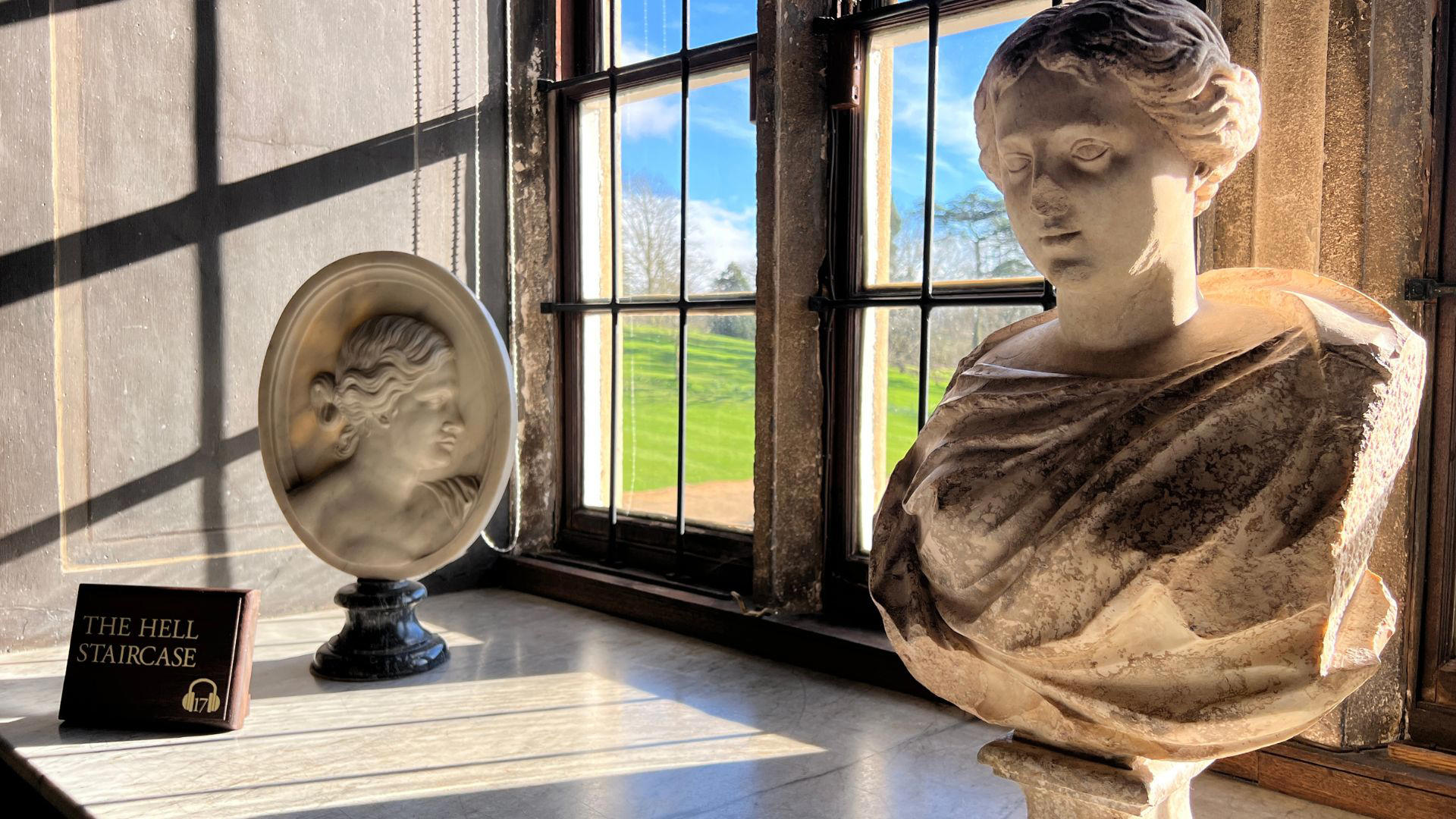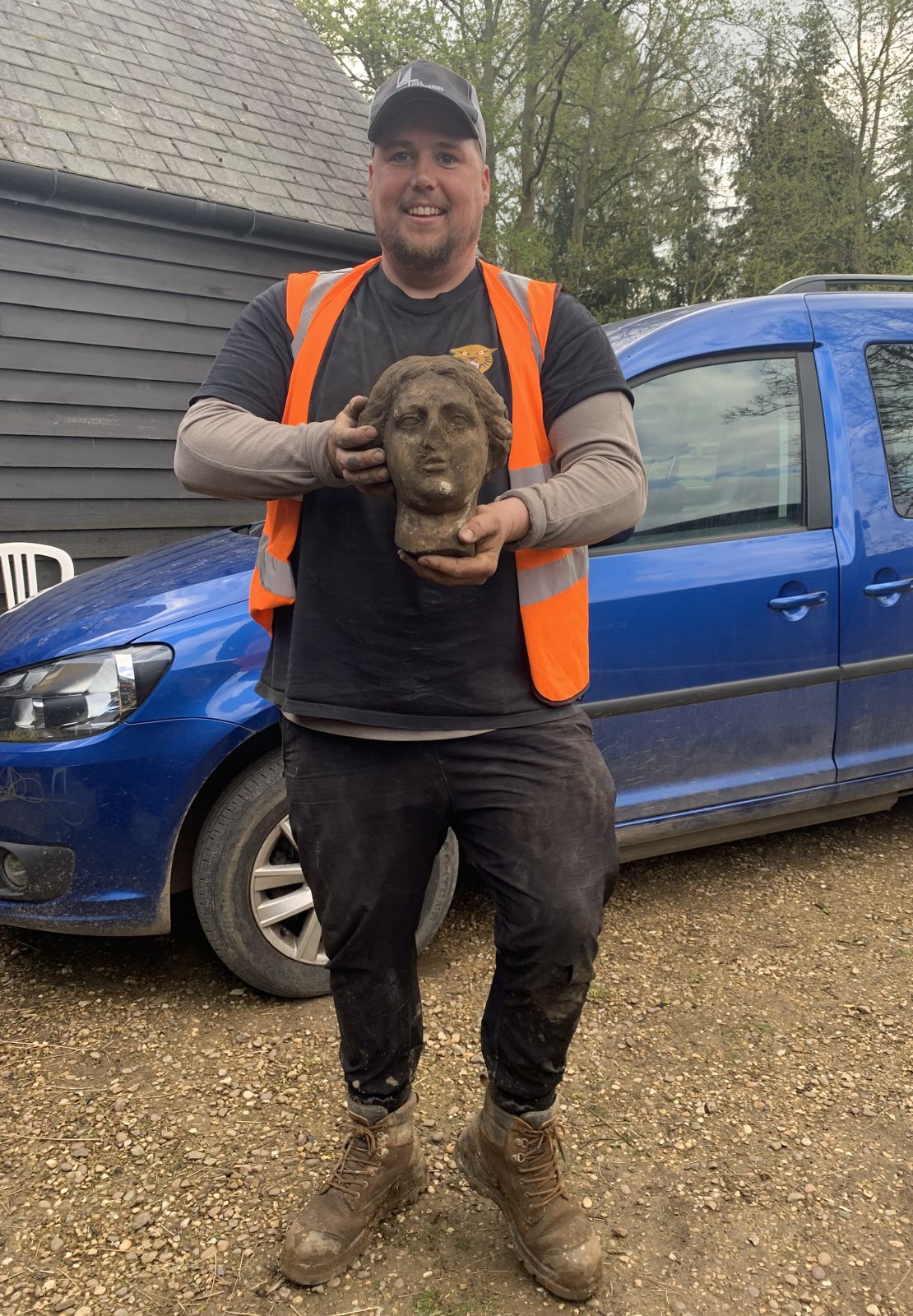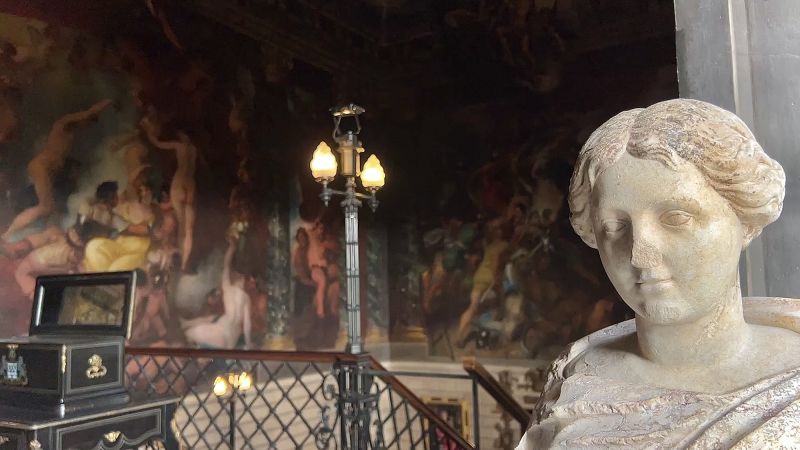A Roman statue dating back almost 2,000 years has been discovered by construction workers building a parking lot in the United Kingdom.
Digger driver Greg Crawley uncovered the marble head of a Roman lady at 16th century country estate Burghley House in Peterborough, England, last year while undertaking renovation works.

Two weeks later, a bust was also found close to the site of the original find, and the relics were cleaned, examined and reassembled by a conservator, who dated the sculpture to the 1st century or 2nd century.
Experts noted that an iron dowel had been added to the statue, allowing it to be attached to a bust or pedestal – an adaptation which was historically carried out by Italian dealers in antiquities during the late 18th century when selling items to aristocrats traveling in Italy.


“It is believed that it was during one of the ninth Earl’s two tours to Italy in the 1760s, when he purchased many antiquities, that he brought the sculpture back to Burghley,” the house said in a statement.
Brownlow Cecil, the ninth Earl of Exeter, inherited the title in 1754 and was an avid traveler and collector of fine art, according to the estate.
However, the estate is unsure how the head and bust ended up buried by soil in the car park, calling it a “complete mystery.”
Burghley House noted that “explanations rang[e] from a bungled burglary to someone simply discarding the statue and it later being covered by soil.”
Digger driver Crawley said it was an “amazing feeling to have found something so old and special” and called the find his “best ever discovery.”
“I had a real shock as the digger bucket rolled over what I thought was a big stone to reveal a face,” Crawley said in the Burghley House statement.
“I couldn’t believe it when they told me it was a Roman marble statue,” he added.
The statue will now be displayed alongside other statues collected by the ninth earl at Burghley House.





